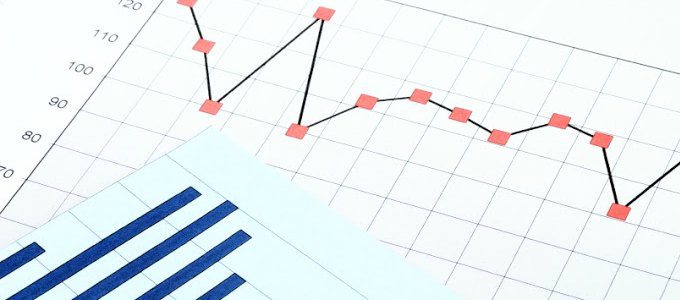Big data and talent analytics are all the buzz these days. So, you might ask how they relate to Talent Development Reporting Principles, or TDRp. Are these competing initiatives, inter- related, or not related at all?
Here is my take. Big data — the amount of data now readily available at a low price — is enabling talent analytics to be more powerful than ever before. And by talent analytics, I mean the ability to use data to discover, understand and predict relationships between talent measures (and between talent measures and business measures). For example, talent analytics can be used to understand why employees leave an organization and predict which ones are likely to leave in the future. It can also help explain why some sales representatives are more successful than others and what you could do to help others be more successful.
Basically, talent analytics is about finding relationships, or correlations, among measures, very often relationships you did not know and never suspected existed. Just a few years ago the underlying data were simply not available to tease out these relationships. Now it is and you can see why organizations are so interested.
So, how does this relate to TDRp? TDRp is about the measurement, reporting and management of human capital. Talent analytics, augmented by big data, is an incredibly powerful tool to help us manage human capital, but you still need a framework. You need to know what questions to ask and where to focus. TDRp provides that framework. TDRp says start with business outcomes and the goals of the organization. Meet with senior leaders proactively to understand the goals and challenges, and explore how talent initiatives could help achieve the goals. If talent may be able to contribute, then agree on the specifics, including measures of success. So with TDRp as the framework, we align our activities to what is important to the CEO and then we spend time upfront with the sponsor carefully planning the initiative.
Enter big data and talent analytics. Now we have new and more powerful ways to discover how we can support our organization’s goals. Imagine having a discussion with a sponsor like the senior vice president of sales where you could share relationships you have discovered between top sales reps and three factors highly correlated with higher sales. Further, you can suggest talent initiatives (new training programs, better hiring, new incentive system, etc.) to increase the three drivers of higher sales. Think the senior vice president is going to be interested? You bet! Now you are ready to reach agreement with the sponsor on the particulars of the initiative, its likely cost, and the expected impact on sales. Once you have agreement on those, you can reach agreement on the roles and responsibilities for each of you to deliver the agreed-upon impact (like reinforcement plans in the sales organization). So, talent analytics helped identify the initiatives and you used this new knowledge to plan your expected impact.
To answer our original question: Big data and talent analytics are complementary to and supportive of TDRp. Without some direction, analysts might spend time pursuing the relationships among any measures — just like some today measure everything — important or not. TDRp provides the needed framework, the direction to focus talent analytics on what is important and then to capture the impact of these initiatives in business friendly reports. Just like measurement in general, talent analytics is a means to the end, not the end in itself. The end is helping our companies and organizations achieve their goals, and TDRp is designed to keep the focus on exactly this.















